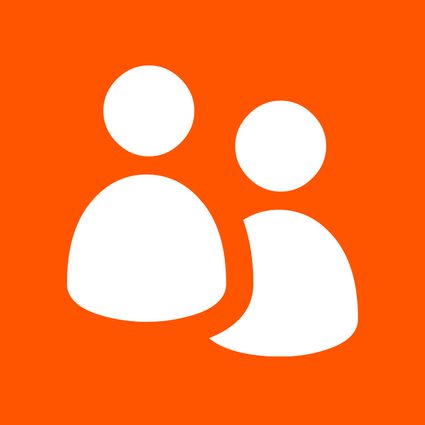Is the ‘Support’ page dead?
Every venue and touring company website has a support page or section. It might have a different name, but they are all essentially the same – a place to process donations and share your charitable case for support. But are these pages working?
Who’s looking at these pages?
We know that the percentage of page views of the Support pages are low. And we mean really low. The average for our client base is 0.13% (updated in November 2019 with latest benchmarking data). Even having ‘Support’ as a main menu item doesn’t improve this.
We also know that conversions are very low. Even if you have someone on this page, getting them to make a one-off donation is hard work. Recent analysis on one of our websites showed that of the 158 people who viewed the support page during a given time period, 7 clicked on the donate button and no one made a donation.
With so little engagement and donations, are these pages even worth it …?

YES, they really are! They may only be viewed by 0.01% of your website users, but some of those are your biggest fans. They want to do more than buy a ticket or make a dinner reservation, they want to support you – and it’s important they have a place to do this.
Just because it’s there, doesn’t mean anyone will use it
The fact is, we just can’t rely on someone visiting your website, going to Support Us and making a donation. It’s better to assume no one will ever do that and invest your time and energy on finding other ways to get people to those pages. If someone does make a donation online without any other prompt, just think of it as a lovely surprise!
What is the Support page good at?
The Support section of your website is a small part in a much bigger fundraising strategy. From how you segment your audiences and potential donors, to how fundraising fits into your organisation’s overall marketing strategy, the website is just a small part.
What the website does well is make that final nudge that motivates someone to make a donation. It also provides a place where people can donate any time of day, from anywhere, without having to fill in forms or call the fundraising office.
Your website has the flexibility to host short term campaigns, compelling images and content, and to say thank you immediately after someone donates. It’s also a really cost-effective way to test your messaging. If an image isn’t working online, you can change it much more easily than if you’re working with printed materials.
Get people there
The biggest challenge is getting people to your Support pages.
There are lots of ways to direct traffic to your site, here are a few things to think about:

Find and tell stories
The psychology of giving is a complex subject, but research has shown that people support people (often through empathy and relating to experiences), and that giving is contagious. Find stories to share, talk about the people your organisation has a positive impact on, and use that to drive traffic to your Support pages; including links from other areas of your website.

Join a movement
Things like Giving Tuesday and The Big Give are great opportunities to shout about your case for support and get people on to your website. But you can also create your own movement, like the Derby Plus One scheme where cultural organisations across Derbyshire came together to fundraise for a joint cause.

Make the ask tangible and relevant
‘Please support us because we do great things’ might be a factual statement from your point of view, but it probably isn’t going to excite potential donors. Find ways to make the ask tangible and relevant, whether it’s a Christmas campaign gifting tickets to children, the opportunity to sponsor costumes for an upcoming production, or even an ask to help you improve the venue’s toilets.

Tell the right people
Segmenting your audiences means you can direct the right people to your Support page. This might mean including specific calls to action in mailings to certain customers, or running fundraising focused mailing campaigns (provided you have the right permissions, of course).

Make sure that final nudge works
Test different messaging, imagery and page layout to see what gets the best results. And make sure it’s quick and easy to make a donation.
The Support page isn’t dead, but it can't work on its own
Increasing your pool of low- to mid-level donors is vital and will help you build a resilient donor base for the future. But your website isn’t the answer to getting more donors, it’s just a resource. Shifting your focus to other areas of your fundraising strategy will open up many more opportunities whilst also helping you get the most out of your website.